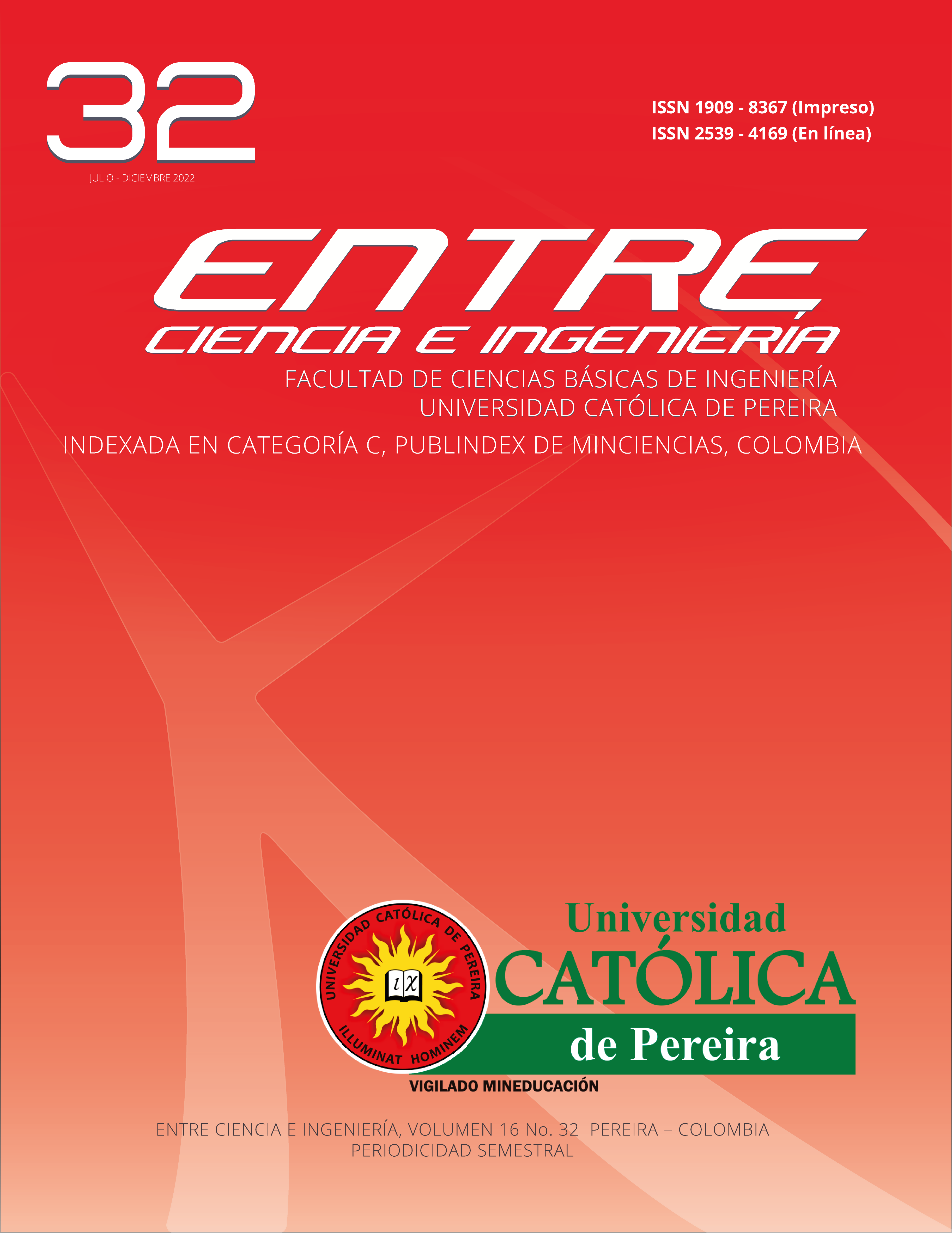Internet Traffic Engineering
DOI:
https://doi.org/10.31908/19098367.2907Abstract
Actualmente con las tecnologías emergentes que cada vez más requieren la conexión de objetos remotos y la transferencia de información sobre Internet, evitar congestión en las redes IP sigue siendo un gran desafío para los investigadores. Es por esto, que la ingeniería de tráfico en Internet se encarga de la optimización y evaluación del desempeño de redes IP en operación. Esta definición es proporcionada en una de las primeras recomendaciones de la IETF, la RFC 3272[1] publicada en 2002. El objetivo de la ingeniería de tráfico en Internet es mejorar el rendimiento de la red mediante la optimización de los recursos y el tráfico con la aplicación de tecnologías y principios científicos que permitan, la caracterización, modelado y control de tráfico para evitar la congestión en Internet[1].
References
Awduche Daniel O., “MPLS and Traffic Engineering in IP Networks,” IEEE Commun. Mag., vol. 37, no. 12, pp. 42–47, 1999.
Awduche D. et. al., “Requirements for Traffic Engineering Over MPLs,” IETF RFC2702, 1999.
Rosen E.; Viswanathan A. and Callon R., “Multiprotocol Label Switching Architecture,” IETF RFC3031, 2001.
Fortz B. and Thorup M., “Internet Traffic Engineering by Optimizing OSPF Weights,” Proc. IEEE INFOCOM, pp. 519–528, 2000.
Fortz B.; Rexford J. and Thorup M., “Traffic Engineering with Traditional IP Routing Protocols,” IEEE Commun. Mag., vol. 40, no. 10, pp. 118–124, 2002.
Fortz B., “On the evaluation of the reliability of OSPF routingh in IP networks,” 2002.
Ishiguro K.; Manral V.; Davey A. and Lindem A., “Traffic Engineering Extensions to OSPF Version 3,” IETF RFC5329, 2008.
Harrison J.; Berger J. and Bartlett M., “IPv6 Traffic Engineering in IS-IS,” IETF RFC6119, 2011.
L. Y. Becerra and J. J. Padilla, “An approach to support traffic engineering in IPv6 networks based on IPv6 facilities,” Telecommun. Syst., pp. 1–17, 2019, doi: https://doi.org/10.1007/s11235-018-00543-7.
Becerra L.Y.; Bañol J.L. and and Padilla J.J., “Un estudio sobre algoritmos basados en restricciones: objetivos ingeniería de tráfico y calidad de servicio,” Entre Cienc. e Ing., vol. 11, no. 21, pp. 103–111, 2017.
Farinacci D.; Meyer D.; and Lewis D.;, “The Locator/ID Separation Protocol (LISP),” IETF RFC6830, p. 70, 2013.
Saucez D.; Donnet B.; Iannone L. and Bonaventure O., “Interdomain Traffic Engineering in a Locator/Identifier Separation Context.,” IEEE Internet Netw. Manag. Work., 2008.
Li K.; Wang S. and Wang X., “Edge Router Selection and Traffic Engineering in LISP-Capable Networks,” IEEE J. Commun. Networks, vol. 13, no. 6, pp. 612–620., 2011.
S. and W. Li, K., Wang, S., Xu, “ERMAO: an Enhanced Intradomain Traffic Engineering Approach in LISP-capable Networks.,” IEEE Glob. Telecommun. Conf. - GLOBECOM., 2011.
Herrmann D.; Turba M.; Kuijper A. and Schweizer I., “Inbound Interdomain Traffic Engineering with LISP.,” 39th Annu. IEEE Conf. Local Comput. Networks, pp. 458–461, 2014.
Jeong T.; Liy J.; Hyun J.; Yoo J. H. and Hong J. W. K., “Experience on the development of LISP-enabled services: An ISP perspective,” Proc. 2015 1st IEEE Conf. Netw. Softwarization, pp. 1–9., 2015.
Nguyen H. D. D. and Secci S., “LISP-EC: Enhancing LISP with Egress Control.,” IEEE Conf. Stand. Commun. Netw., 2016.
Filsfils C.; Previdi S.; Ginsberg L.; Decraene B.; Litkowski S. and Shakir R., “Segment Routing Architecture,” IETF RFC8402, p. 32, 2018.
Deering S.; and Hinden R., “Internet Protocol, Version 6 (IPv6) Specification,” IETF RFC8200, p. 40p, 2017.
Chakravorty S., “Challenges of IPv6 Flow Label implementation,” Proc IEEE MILCOM2008, 2008.
Chakravorty S.; Bush J. and Bound J., “IPv6 Label Switching Architecture,” Work Prog., 2008.
Balbinot L.; Andrade M.; De Tarouco L. and Roesler V., “IP Next Generation Label Switching,” IEEE Work. IP Oper. Manag., pp. 21–25, 2002.
A. Farrel, “Overview and Principles of Internet Traffic Engineering,” Draft Internet, [Online]. Available: draft-ietf-teas-rfc3272bis-22.
D. Farinacci , M. Kowal, “LISP Traffic Engineering Use-Cases,” Draft Internet, [Online]. Available: draft-ietf-lisp-te-12.








 Revista Entre Ciencia e Ingeniería
Revista Entre Ciencia e Ingeniería .png) entrecei@ucp.edu.co
entrecei@ucp.edu.co.png) ISSN (Impreso) 1909-8367 - ISSN (En Línea) 2539-4169
ISSN (Impreso) 1909-8367 - ISSN (En Línea) 2539-4169 Attribution-NonCommercial 4.0 International (CC By-NC 4.0)
Attribution-NonCommercial 4.0 International (CC By-NC 4.0)
.png) Carrera 21 No. 49-95 Av. de las Américas, Pereira, Risaralda, Colombia
Carrera 21 No. 49-95 Av. de las Américas, Pereira, Risaralda, Colombia